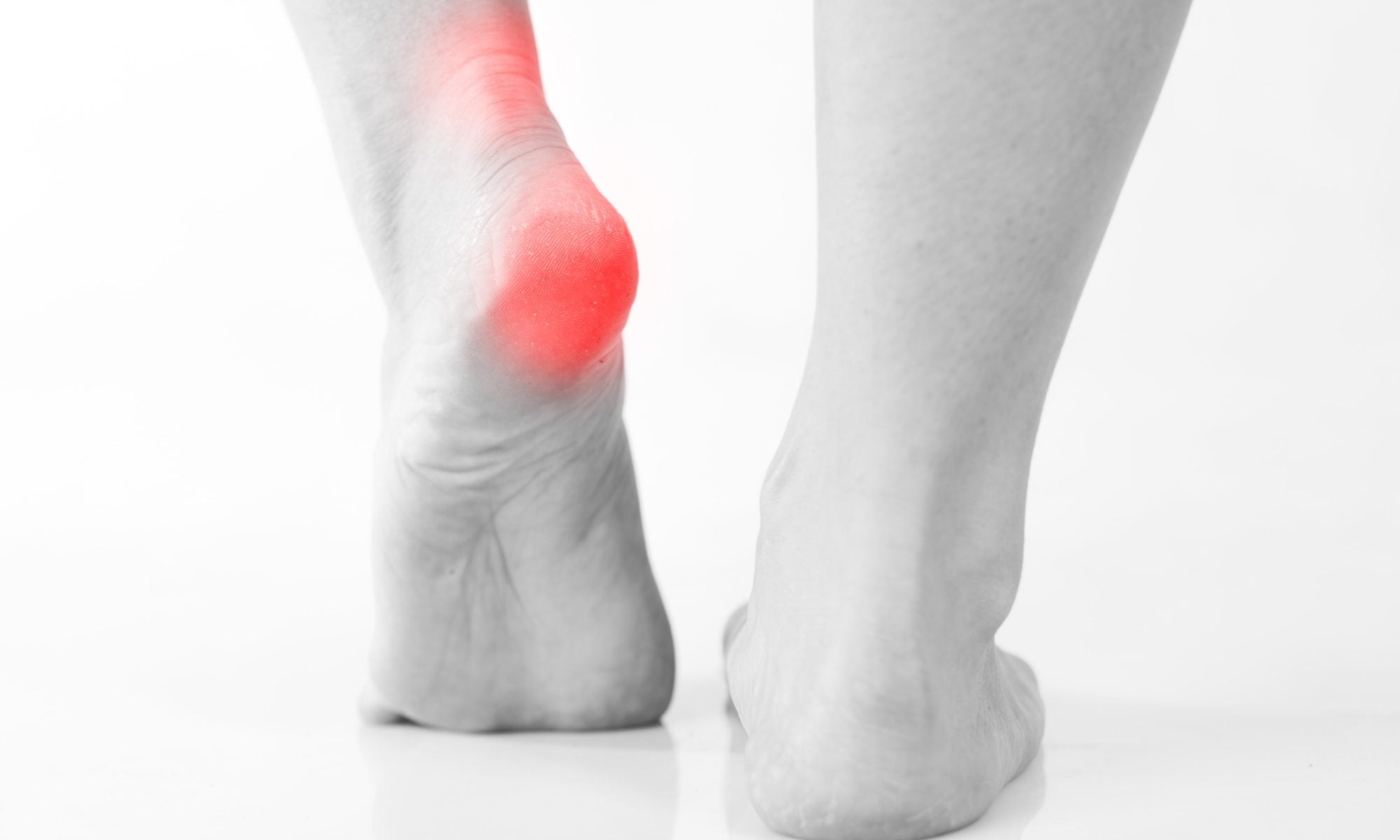
The heel pad is anatomically termed as corpus adiposum and that provides protection to the heel from day to wear and tear. Because heel bones absorb distress arise during day to day activities. Heel pad syndrome usually associated with pain symptoms as similar in the case of a heel bruise. In Heel pad syndrome the protective pad of the heel becomes dislocated from one side of the heel to other sides. The heel pad is made up of soft tissues which are enclosed with heel bone. Any injury that may acute or chronic that damages heel pad or displacing the position of the heel pad resulting heel pad syndrome.
In India, especially younger aged women prefer to wear high heel shoes, as the height of Indian population is considerably shorter than other countries. But the continuous wearing of high heel shoes gradually damages the heel pad. The outcome of this leads to the onset of heel pad syndrome. In addition, sudden fall down or wrong placement of the feet on the ground during walking with high heel also increase the risk of heel pad syndrome. Because the chance of pad displacement is also possible. In addition, obesity becomes a huge problem in India. It has been considered that obesity also increases the risk of heel pad syndrome, as during standing and walking heel bears whole body weight.
Certain activity influences the incidence of Heel Pad Syndrome. One of these factors is a prolonged, repetitive and forceful activity involving leg can injure the heel pad and inflammatory condition arise… Know More
The symptoms appear in Heel Pad syndrome are as follows:
We can run even barefoot, because out anatomical structure already provided a natural cushion in between skin and heel bones. This natural cushion or pad absorbs shocks arise during walking, running or jumping and avoid friction in the heel bones… Know More
